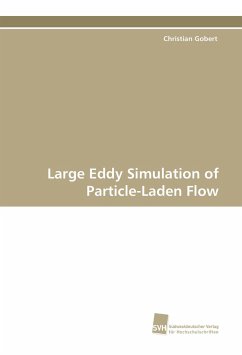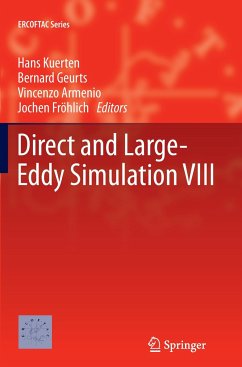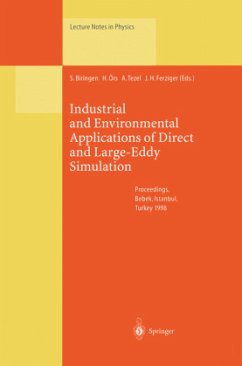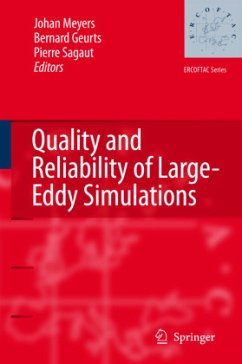
Eddy Current
Versandkostenfrei!
Versandfertig in 6-10 Tagen
42,99 €
inkl. MwSt.

PAYBACK Punkte
21 °P sammeln!
An eddy current (also known as Foucault current) is an electrical phenomenon discovered by French physicist François Arago in 1824. It is caused when a conductor is exposed to a changing magnetic field due to relative motion of the field source and conductor; or due to variations of the field with time. This can cause a circulating flow of electrons, or a current, within the body of the conductor. These circulating eddies of current create induced magnetic fields that oppose the change of the original magnetic field due to Lenz's law, causing repulsive or drag forces between the conductor and...
An eddy current (also known as Foucault current) is an electrical phenomenon discovered by French physicist François Arago in 1824. It is caused when a conductor is exposed to a changing magnetic field due to relative motion of the field source and conductor; or due to variations of the field with time. This can cause a circulating flow of electrons, or a current, within the body of the conductor. These circulating eddies of current create induced magnetic fields that oppose the change of the original magnetic field due to Lenz's law, causing repulsive or drag forces between the conductor and the magnet. The stronger the applied magnetic field, or the greater the electrical conductivity of the conductor, or the faster the field that the conductor is exposed to changes, then the greater the currents that are developed and the greater the opposing field.The term eddy current comes from analogous currents seen in water when dragging an oar breadthwise: localised areas of turbulence known as eddies give rise to persistent vortices.Eddy currents, like all electric currents, generate heat as well as electromagnetic forces.












